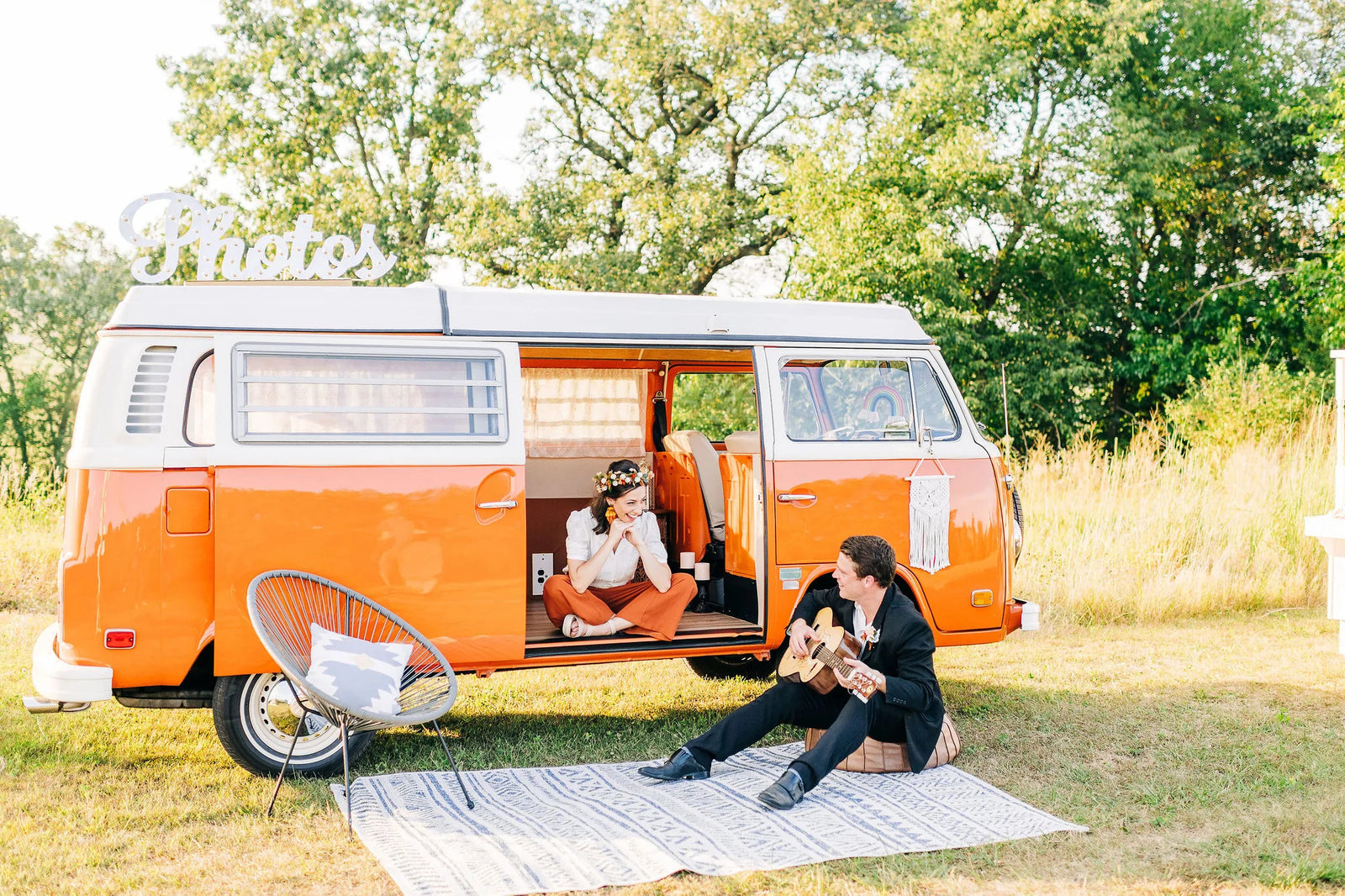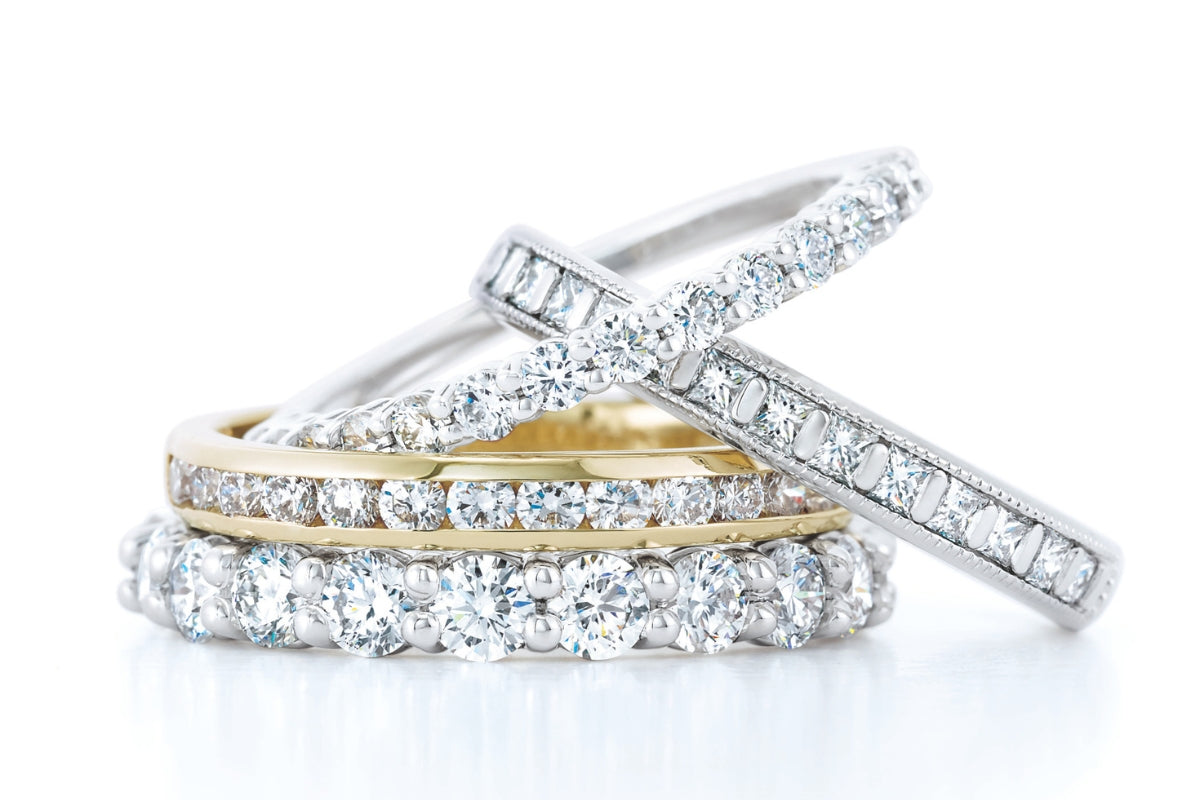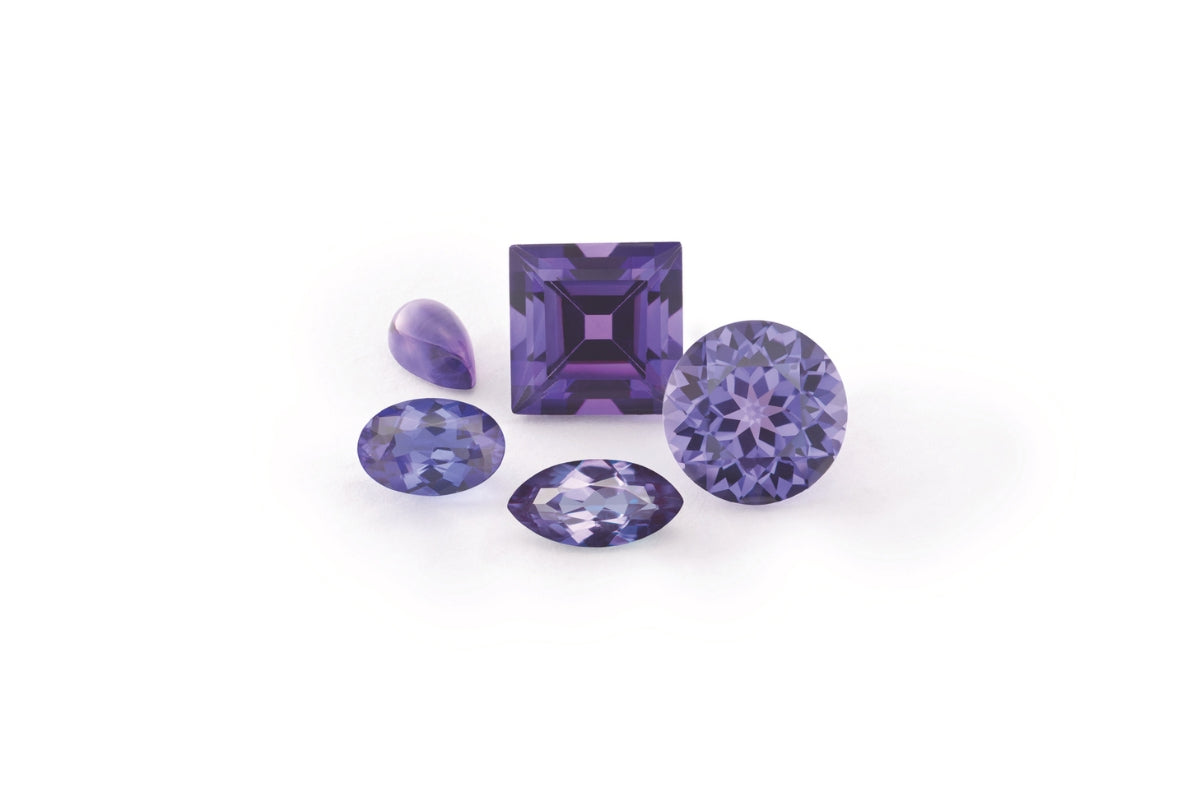When it comes to the world of fine jewelry, there are a vast number of jewelry items that adorn the human body and for a vast number of reasons ranging from fashion, symbolism, and for celebrating life's biggest moments. An engagement ring is thus a celebratory ring, symbolic of your commitment to one another, that can and inevitably will be worn for mixed purposes including fashion.
The purpose of this blog post is to take a different approach that’s rarely discussed, which is a further look at the significance of the tradition. Not necessarily its history, but more so its application into you and your relationship’s life.
Touching on the psychological aspect of initially deciding that it may be time to either individually or as a couple approach the discussion and research of an engagement ring by itself is a monumental decision. In one's ever changing life, it’s rare to commit oneself wholeheartedly to anything, let alone, anyone. This mutual understanding of your admiration for one another is special. While you gracefully take another step in the direction of the future lives you have yet to build with one another, you should try to enjoy the process, moment, and experience as it's a transitional time in your lives. This decision to “begin” the conversation is full of excitement and for the first time may give a couple a glimpse into their long term future together. The time is sweet, knowing that you’re both on the cusp of something special and that the two of you will share fond memories of the moment and celebrations afterwards, is by itself worth celebrating.
The engagement ring itself is looked at as an offering of your lasting commitment to your significant other. It’s a celebratory gift bespoke of the occasion, of the highest magnitude. Inevitably, in life, you’ll gift each other items and/or experiences. The engagement ring is unlikely to be matched in its significance for that moment in time. Think about how often you use, wear, interact with, or think of a gift that you may have received in the past. Regardless of its historical context specific to your life and of that gift, it’s likely that you either can’t or in some fashion don’t use the gift on a daily basis. Enter, the engagement ring!
For those who wear little to no fine or fashion jewelry, many times, an engagement ring is the first piece of “real” jewelry they’re formally introduced to wearing, especially on a daily basis. This means that the usage, care, and daily wear of such an important and many times expensive ring is even more important to understand than ever before.
How you or your significant other plan on using the ring is important to understand. Many of our clients who either work in healthcare or with their hands, strongly prefer a “lower profile” ring design in order to minimize the likelihood of the ring being caught on something.
Caring for rings comes later, but is important to understand. For example, with normal wear and tear, rings that have a vast number of small accent stones may inevitably have stones pop out over time. Rings that feature a slightly elevated centerstone may tend to be caught on sweaters or within entryways, thus being more prone to prongs becoming bent over time.
Daily wear of an engagement ring with the wear style is important to take into consideration. For example, if a ruby (red) or sapphire (blue) centerstone is desirable, will it compliment or contrast a somewhat established style of clothing and/or color scheme worn?
Some design elements are more pressing than others. For example, there are some immediate requirements, preferences, or desires that one may have for their future engagement ring. Above all else, for example, finger size and fitment of the ring is likely the most important item to nail down. Then comes metal color, which tends to dominate the overall look and feel of the ring and tends to be a great starting point. After metal color is decided, center stone shape type/shape is next in line. The centerstone is the “showcase” in many ways. Some find the lack of color (colorless) or color itself of the center stone of high importance. The color of the center stone relates to what type of center stone it is. Moving on to the shape of the center stone, knowing this preference helps set the aesthetic of the ring itself, as any other aspect above and beyond the type/shape of the center stone (if needed) of the ring is normally considered a secondary design element. These secondary and beyond design elements tend to compliment the centerstone in either pulling the design down towards the remainder of the ring or pointing up the design towards the centerstone. In either case, the result should be a cohesive design that is not only striking on first impression, but also a timeless design that speaks to the wearer in more than one way.
There are other preferences that may be subject to further insight, research, or discussion. Normally, these “other” aspects of the ring don’t make or break the overall design, but may be of significant added design value to the detail of the overall ring design. These aspects could range from the subtlety of the prong shape (think traditional prong vs. claw prong), or profile of the ring (its curvature).
An engagement ring is an enormously significant, symbolic, and special piece of fine jewelry. Many times, it’s the beginning of many future pieces of fine jewelry in one's collection. Sometimes, the pieces may compliment one another, like in a bridal set. Other times, the pieces may be for certain special occasions. Since an engagement ring is truly a once-in-a-lifetime purchase that's meant to be worn on a daily basis, it ends up being a staple of your daily, professional, and formal wardrobe. As you age, your ring gracefully ages alongside you, your relationship, and growing family.




